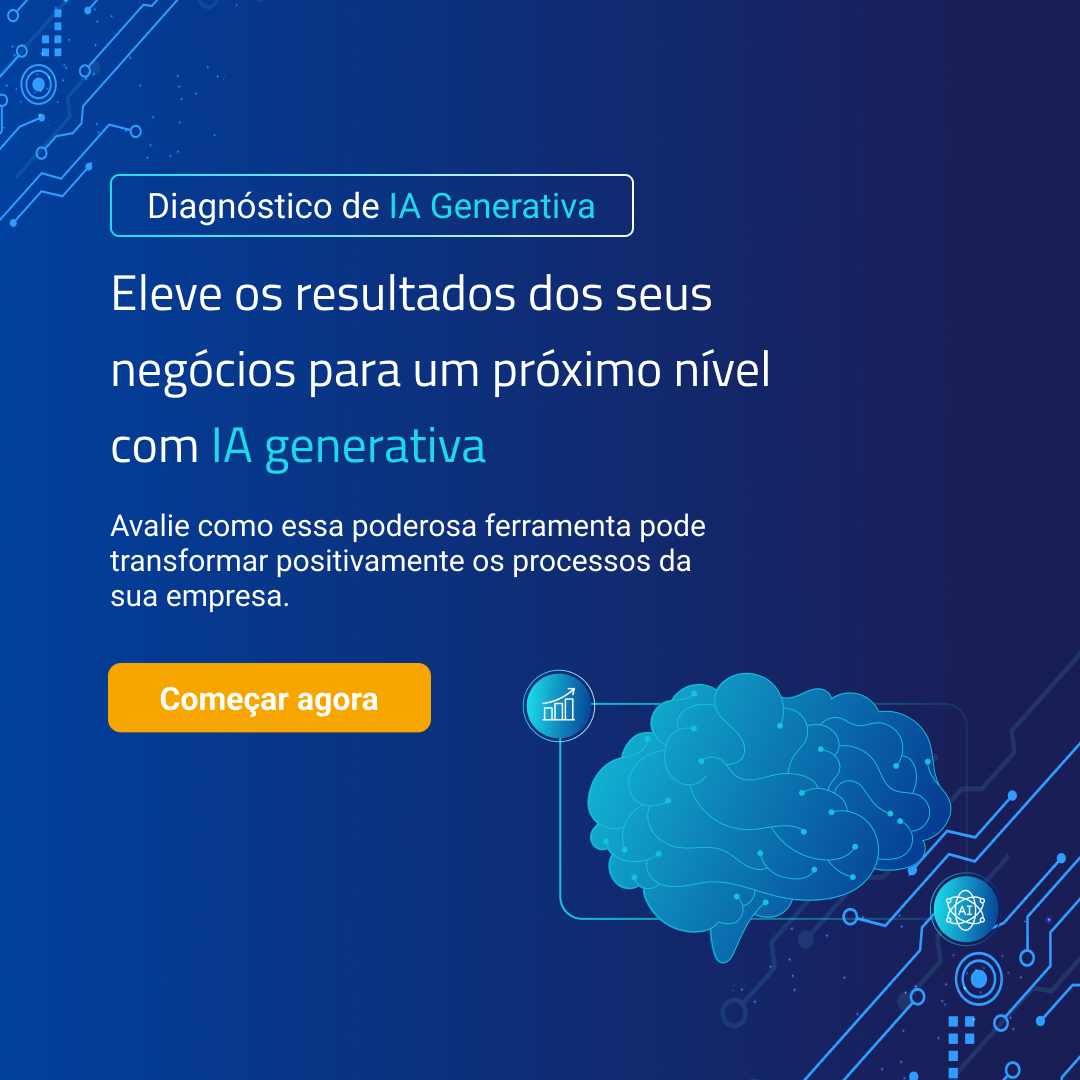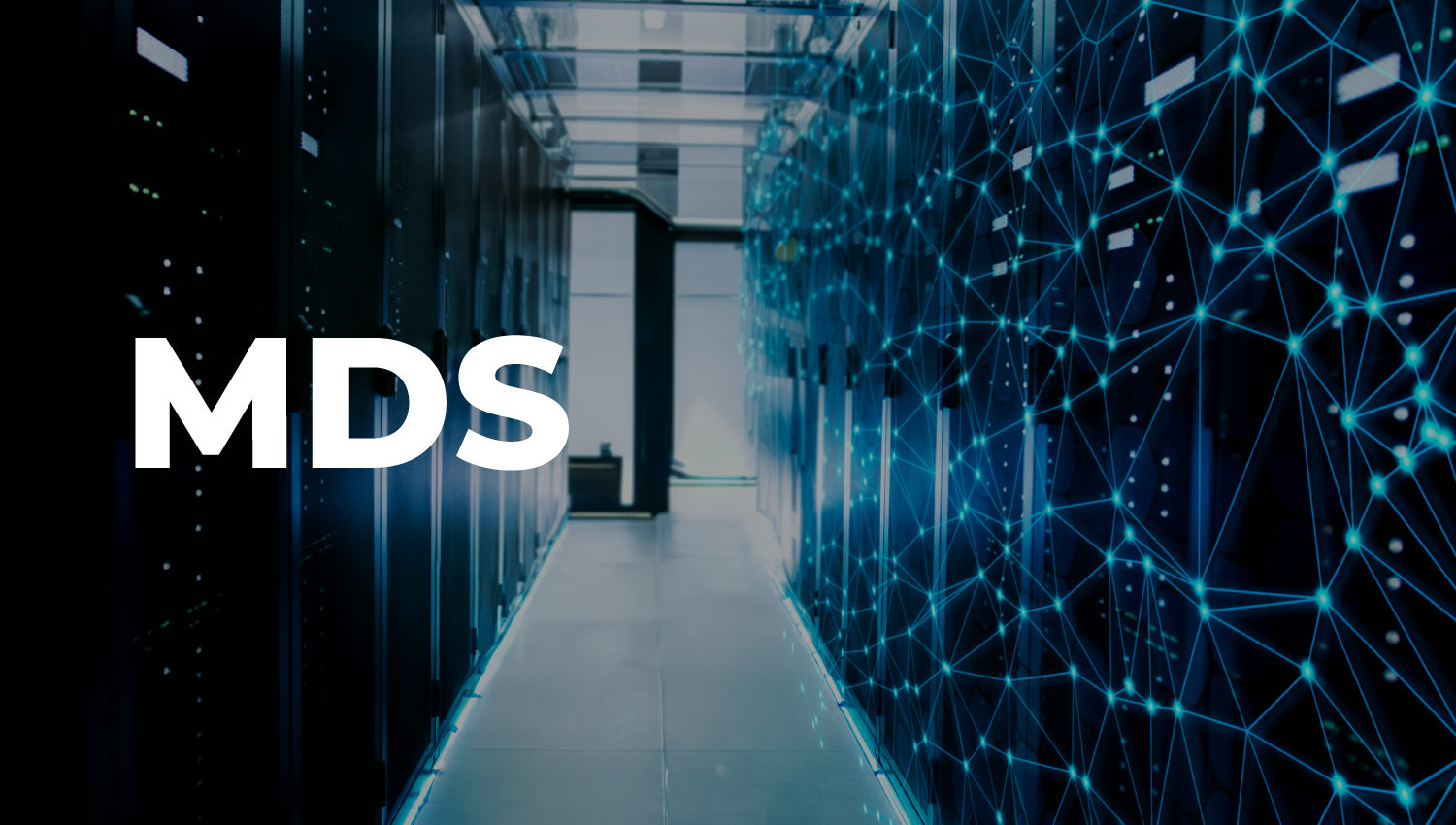
A new lens on how to map generative AI use cases
How can you map out generative AI use cases by analyzing your company's unstructured data flow?
Looking at it through the new lens of data analysis: more modern and used by organizations that are adopting generative AI initiatives. And it is from this perspective that the generation of value from new use cases is sustained.
But in order to see through this modern lens, data infrastructure, data governance processes and organizational structures also need to be modernized.
Or there won't be the necessary support for artificial intelligence solutions.
Understand this new approach to mapping generative AI use cases and analyzing the flow of unstructured data to modernize your company too.
Keep reading.
What impact will generative artificial intelligence have on business?
It is indisputable that the democratization of generative AI has thrown the technology and business community for a loop in 2023.
There are many reports on the potential for adding value and productivity, such as the one by McKinsey which says that generative AI has an impact of up to 10.8 trillion dollars annually.
To give you a basis for comparison, Brazil's GDP was 1.6 trillion in 2021, which is almost 7 times less than the total potential impact of generative AI.
In this race, we see a large number of startups and companies emerging with the proposal of facilitate the implementation of generative AI.
We also see the big players (AWS, Google, Microsoft, Meta) launching proprietary LLM (large language models ) and incorporating them into their service offering.
For example:
However, there is still a big gap between the expected impacts and the perceived gains.

Modern lens for mapping generative AI use cases
Let's talk about how to map generative AI use cases by analyzing your company's unstructured data flow .
For Indicium, the adoption of generative AI requires a new lens for analyzing this flow of data in organizations.
For example:
- it is trivial that, when a sale is made in a store, this data is stored in a table in a transactional bank (structured data)
- but it's not so trivial that when a customer is served via a call center, this data (audio - unstructured data) is stored and used to evaluate the quality standards of the customer experience, train new employees, establish improvement routines on established service standards, etc.
The fact is: we need to rethink process structures and unstructured data capture if we are to achieve the results predicted by impact research in terms of new use cases and potential productivity from generative AI.
How we map generative AI use cases at Indicium
Recently, we developed Indicium a demonstration of a generative AI application that adopts this vision of analyzing the flow of unstructured data.
We're closing in on 2023, a time for retrospection and planning for 2024, so how can we see the flow of unstructured data here?
Well, all business planning includes (or should include!) an analysis of competitors' results and strategies, but we know that this process can be long and time-consuming.
- What if we made this analysis easier using generative AI?
- If we could gather all the investor reporting documents and ask specific business questions to make the document easier to consume?
- If it's possible to make this available and easily accessible?
We did it here at Indicium.
We built Almeidinha, which provides data from the investor reports of Arcos Dorados Holdings the largest McDonald's franchise in the world in terms of sales and the number of restaurants in the entire system, with easy access via WhatsApp.
Do you think your company is ready for this?
Does your company have the analytical maturity to use generative AI?
It is clear that discussions about generative AI and the search for the potential to generate value from new use cases must be accompanied by a solid foundation of analytical maturity.
Generative AI initiatives must be supported by the technological evolution of the data infrastructure that will support generative AI solutions, as well as by the evolution of organizational processes and structures for governance.
Do you know if your company has the analytical maturity to start using generative AI?
Take a free assessment with Indicium and receive a diagnosis of your company's maturity
If you want to understand a little more about what it takes to have a successful generative AI initiative, take 10 minutes to fill in this Generative AI Readiness Diagnostic form.

If your company already has a good level of readiness, then you need to start looking at the flow of unstructured data from your business.
Count on us on this journey!

Bianca Santos
Redatora

David Eller
Group Data Product Manager




